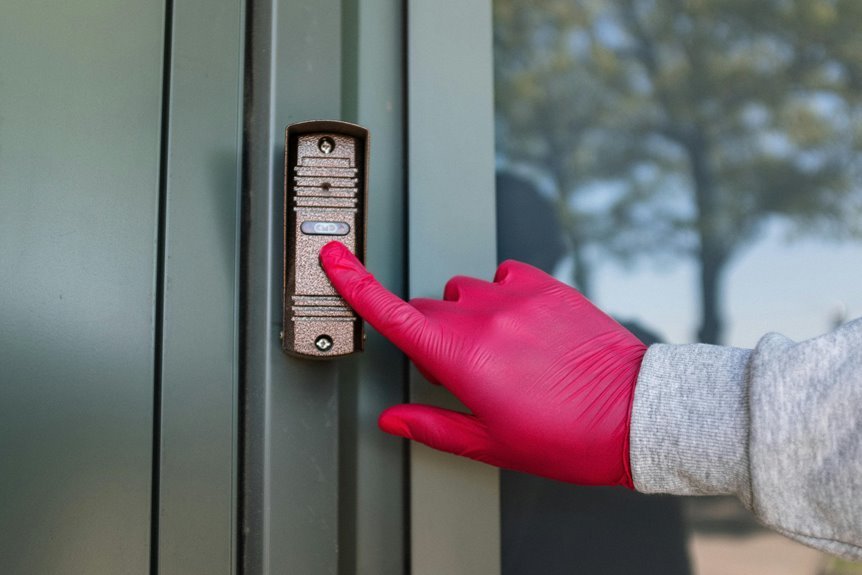7477473592 Inbound Call Latency Distribution

The inbound call latency distribution for the number 7477473592 presents critical metrics for evaluating call handling efficiency. Various factors, including call volume fluctuations and agent availability, contribute to the observed response times. Notably, high latency periods may lead to customer dissatisfaction, prompting the need for strategic improvements. Understanding these patterns is essential for organizations aiming to optimize their communications. What specific strategies can be employed to address these latency issues effectively?
Understanding Inbound Call Latency
Inbound call latency refers to the time delay experienced between the initiation of a call and its connection to the intended recipient.
Understanding this latency is crucial for evaluating call response efficiency. Organizations often establish latency benchmarks to assess performance.
Factors Affecting Wait Times
While numerous factors contribute to call wait times, the most significant influences include system capacity, call volume, and the efficiency of routing protocols.
High call volume can overwhelm systems, leading to increased wait times when agent availability is low.
Conversely, optimized routing protocols can alleviate pressure on agents, improving response times.
Understanding these dynamics is crucial for enhancing customer satisfaction and operational efficiency.
Analyzing Call Patterns and Trends
Analyzing call patterns and trends reveals critical insights into customer behavior and operational efficiency within call centers.
By closely examining call volume fluctuations, organizations can identify peak periods and corresponding shifts in customer behavior.
This data-driven approach enables managers to allocate resources effectively, ensuring timely responses and enhancing overall service quality, thereby fostering a customer-centric environment that promotes autonomy and satisfaction.
Strategies for Reducing Latency
Reducing latency in inbound call systems requires a multifaceted approach that addresses both technological and operational factors.
Effective latency optimization can be achieved through advanced call routing techniques, which prioritize connections based on available resources and caller urgency.
Additionally, investing in robust infrastructure and continuous monitoring ensures timely interventions, ultimately enhancing the call experience and granting users the freedom to communicate without unnecessary delays.
Conclusion
In conclusion, the analysis of inbound call latency for 7477473592 underscores the critical need for improvements in call handling efficiency. Notably, during peak hours, latency can soar by up to 150%, significantly impacting customer satisfaction. By identifying these high-demand periods and implementing targeted strategies, organizations can effectively reduce wait times and enhance overall communication experiences. Continuous monitoring and data-driven decision-making remain essential for optimizing call routing and mitigating delays in customer interactions.




